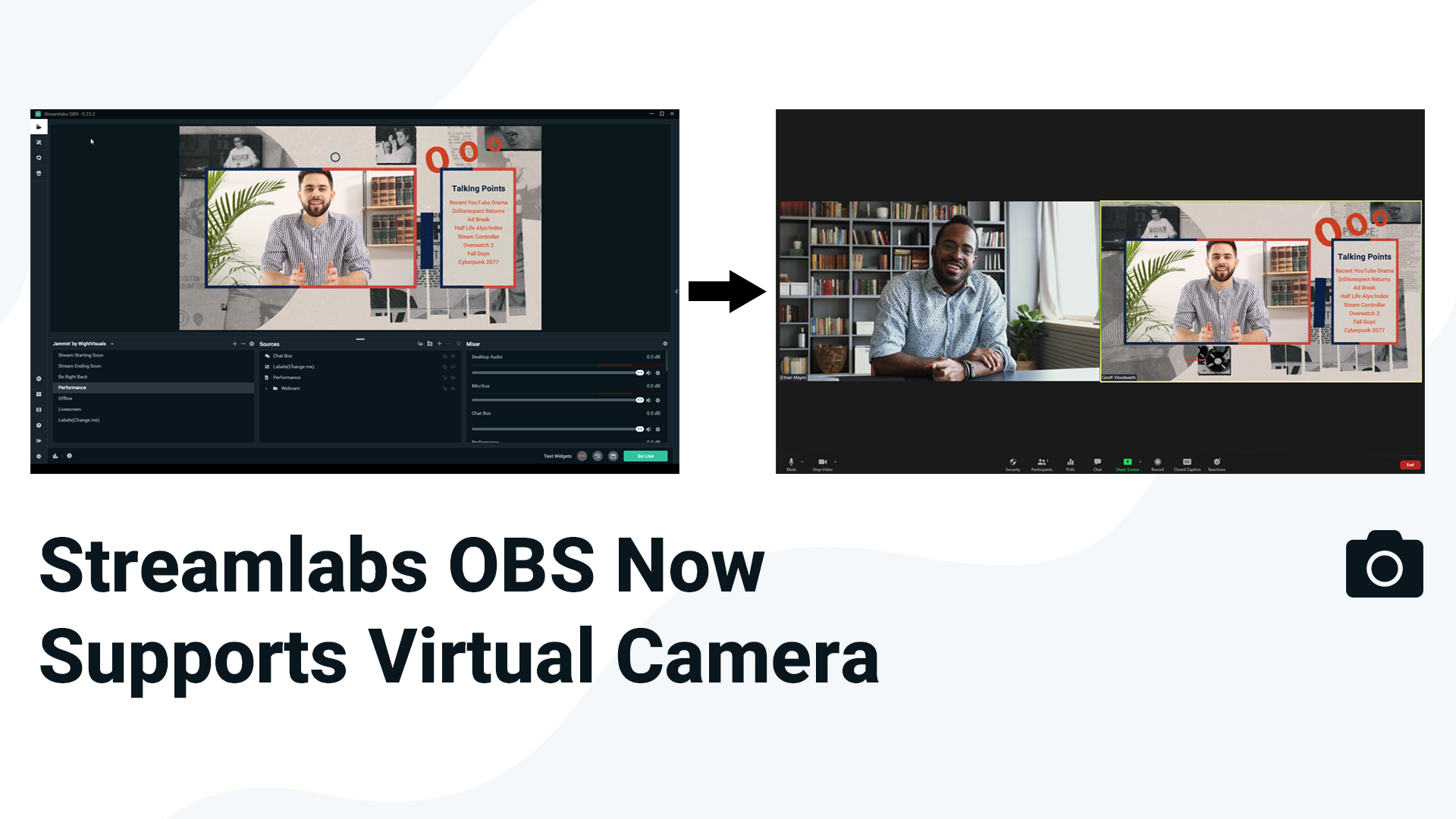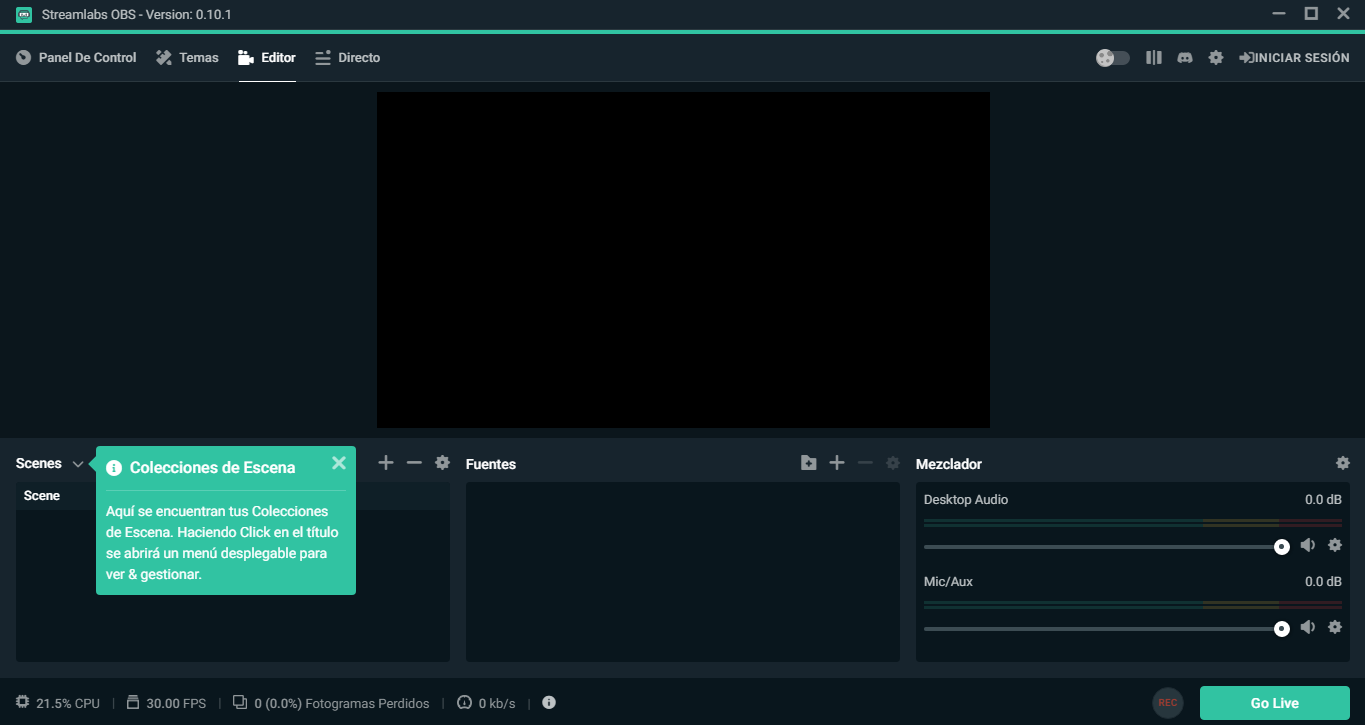

Whether it’s something simple like integrating the chat into the interface, to advanced stream transitions using Motion-Effect to manipulate individual transitions for each source within a scene.Īlthough this requires a little bit more knowledge and time, this can lead to a much better and interactive experience to viewers within the stream.

This allows developers to write and create plugins to specifically use and amplify your user experience. OBS stands for Open Broadcaster Software. Without all the fancy gadgets and whistles, you can focus on what matters, your live stream. With the simple interface and settings, OBS Studio usually boasts a lower CPU usage while streaming, resulting in better FPS rate. Setting up a workspace for yourself is easy with simple drag-and-drop Docks, allowing you to customize your UI to your liking. Everything is completely customizable in size and position. OBS Studio has an extremely simple User Interface, and setup process.

XSplit comes ready to include webpages out of the box, so all you need to do is Add a new Webpage URL source to your scene and use the URL of the widget you want to add.Let’s find out by discussing the pros and cons of the open broadcaster software that pathed the way. If you run into issues or you’re more of a visual person, here is a comprehensive video walkthrough: In OBS create a new browser source then when prompted for a link, paste your widget link (in this example alert box)īelow you can find the few steps required to include our widgets into your stream using XSplit Broadcaster. At the top copy the unique link for that widget. Head over to the page for the widget you want to add. If your OBS does not include it then you will need to reinstall using the Full installer. If installed correctly, you should be able to add a "Browser Source" to your scenes in OBS. Verify that Browser Source is installed.This article is to help with the initial set up of widgets OBS Studio


 0 kommentar(er)
0 kommentar(er)
